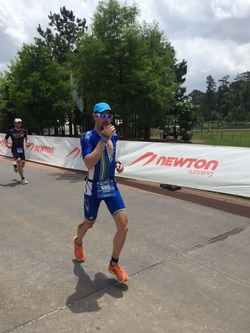
I arrived in Houston mid-day on Wednesday with Coach Mace and Coach Frost. Coach Mace was there as support, Coach Frost was also racing. We headed straight to IM village to pick up registration and get my bike and gear from TriBike Transport (if you’ve never used TBT, check it out, makes travel a whole lot easier), then to the hotel. After checking in I headed out on a short ride (50min) and short run (20min). During the ride it started raining and continued through my run. After I got back to the hotel it really opened up and poured. Rain would be the theme for the weekend, except for race day.
The next day we found a 50 meter pool less than a mile from the hotel and got in a short swim. The rest of the day was spent relaxing and prepping my bike and run/bike gear bags. I chose to put in everything I would need for the run and bike so I didn’t have to worry about adding things on race morning. Friday was check in day and the only day we were allowed to swim on the course. We headed down for a brief (20 min) swim. The water temperature was 81 and very murky (couldn’t see your own out-stretched hand kind of murky), but the course was going to be great. Then off to bike check in and to drop off bags. The transition area was extremely wet and muddy and smelled like a port-o-potty. Thankfully I had a good racking position, but had to change up my plan for putting on shoes and socks (so did everyone else.)
After dropping off the bike it was time to relax. Not sure why, but I was extremely relaxed. I didn’t have any of the typical butterflies that I normally get with a race. That evening I prepped my energy bites using the hotel ice bucket as a mixing bowl and prepped my bike and run special needs bag. I didn’t put much in them, only bottles of Infinit in bike special needs and salt tabs and ibuprofen in run special needs. I figured everything else I could grab on course if I needed it. I knew because of the heat that my diet was going to be mostly liquid, so I tried to keep it as simple as possible. Night before the race I slept really well.
Race day came early at 4:15am. I prepped all of my bottles and had a simple breakfast of plain bagel with plain cream cheese and Noosa yogurt with a glass of water before heading to the transition area. At T1 I dropped off the two bottles and energy bites on my bike and headed to my run bag to make sure my shoes had stayed dry through all the rain. Everything was set.
About 10 minutes before the start I lined up for the rolling start in the under 1 hour group. Right at 6:40 we started rolling in the water. The first few hundred yards of the swim was rough. I intentionally headed right a little to get out of the madness. The first ¾ mile of the swim to the turn buoy was uneventful, except I had to correct course a couple time. I had chosen dark goggles, but it was overcast and I was having a hard time spotting the buoys. After making the turn the water got a lot more choppy. At about 1.75 miles there is a right turn to head up a narrow canal to transition. The water in the canal was rough, but fun to have spectators on both side cheering you on.
Heading in to transition I felt good. The swim was a few minutes slower than I wanted, but I knew it was going to be slow with no wetsuit. I peeled off my swimskin and put on my racing kit and headed out.
The bike course was through the city for the first few miles so there were quite a few turns. Since I had come out of the water pretty early there wasn’t much traffic. I noticed right away that I was already starting to sweat about 2 miles in to the bike. The head and humidity could definitely be an issue, so I started to drink my Infinit right away. I had been told by a friend that you would never feel dry after the swim. I settled in to a good pace, right on where I wanted my power to be. It felt pretty easy, but I knew not to go too hard in the beginning. I started eating my energy bites at 45 minutes. Each one had a salt capsule inside and I had intended on eating 4 throughout the bike course, but was only able to get 3 of them down, about an hour apart. The first 50 miles of the course seemed to go by really fast. At mile 58 I grabbed my special needs bag with my second half bottles. This is where the wind started to pick up. For about the next 40 miles the wind was very gusty. Around mile 70 I thought I had a flat tire. I stopped at the next aid station and realized it wasn’t a flat, but my aero bar extensions were coming loose. I decided just to ride with it. If they came totally apart then I’d have a problem, but I wasn’t going to stop. I had a good time going.
The last few miles of the ride were a blur. I hit transition in just under 5 hours, a few minutes slower than I really wanted, but my legs never got fatigued on the ride. That’s when I knew I might have something pretty good going. Transition was relatively quick, aside from a stop to pee. I’m one of the few people who just can’t seem to pee on my bike. It’s not that I’m averse to it, I just can’t.
I hit the run and my legs felt pretty good. Coach Mace hollered at me that I needed to make up about 5 minutes to run with the guys in contention of Kona. I ran faster than planned the first 5 miles with the first 2 under 7 min and the next three just over. At that point I knew I needed to dial it back. I dropped back to around 7:30 and held it steady between 7:30 and 8 the rest of the way. It was a 3 loop run course and the start of the 2nd loop was the worst part of the day for me. It had started to really get warm and that is when a little bit of doubt started to creep in. I thought there is no way I want to do this loop 2 more times. Around mile 9, the start of the second loop, I decided to start walking part of each aid station to make sure I was getting enough electrolytes and fluid. About mile 12 I grabbed my special needs run bag with salt tabs and ibuprofen. It was also about that time that I started taking some Coke. A few miles later my legs came alive again. From there I had no doubt I’d finish, it was just how fast.
At the end of the second loop I heard from Coach Mace that I was running 8th and moving up. I had started the run 16th. Right after the start of the 3rd loop I passed 7th place in my age group. I decided that I wanted to pass and make it stick, so I pushed the pace down around 7 for a short time. When I looked back he was gone. From there it was just trying to hang on.
The finish was special. Hearing your name for the first time with the words “You are an Ironman” are unforgettable. Finish time 9:32. I’m most proud of the run in 3:22. I had held pace pretty much right where I had wanted and I knew if I ran right I’d be in contention for a Kona qualification.
The next day was a game of wait and see. When they announced that my age group had 8 slots for Kona it was unbelievable. Can’t wait to hit "dig me" beach, but before that will be IM Boulder. Thankfully, I can relax and use it as a training race.
In the end I only made two glaring mistakes. Number one was forgetting my bike computer in my bag. I realized it right before the swim. Thankfully I had my watch and could get power readings from it too, so it didn’t bother me. The other was having goggles that were too dark. Thankfully the swim is the shortest part.
Overall, nothing seemed to bother me all weekend. It was by far the most calm I’ve been for any race. Don’t know if it was because I knew I had put in the training or because I had great support with me. Again I have to thank Coach Mace for setting up an unbelievable training plan and working it around my schedule. And, huge thanks to my wife Lindsay who takes care of me and everything else while I’m training.
Recipe for Energy Bites:
1 cup Oats
½ cup ground flax seed
½ cup miniature chocolate chips
1 TBSP Chia seeds
½ cup Peanut butter (creamy)
1/3 cup maple syrup (real)
1 Tsp Vanilla extract
Mix everything together and roll in to bite size balls. If they are too dry, add more syrup or peanut butter. Refrigerate. Should make about 15-18. You can add a Tsp of salt if desired.
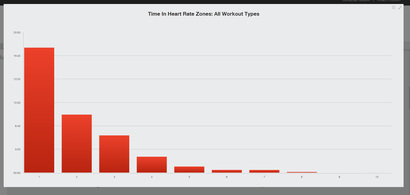
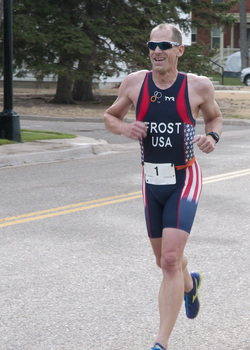




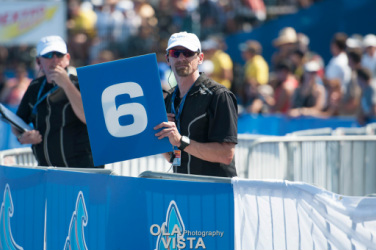

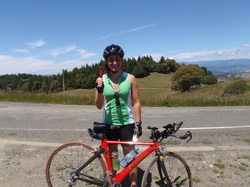
 RSS Feed
RSS Feed